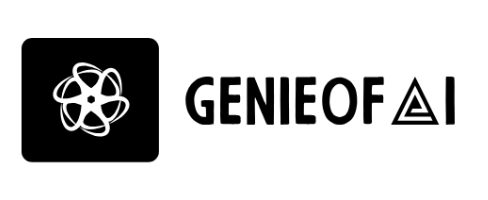The Rise of AI Undress Tools
The Rise of AI Undress Tools: Ethics, Risks & Regulation in 2025
In recent years, artificial intelligence has transformed nearly every sector—from medicine to art. However, 2025 marks a troubling milestone in the evolution of AI: the widespread emergence of AI undress apps. These technologies can digitally “remove” clothing from images of individuals, often without their consent, and generate hyper-realistic, manipulated photos. The implications are deeply concerning for privacy, ethics, and digital safety.
What Are AI Undress Apps?
AI undress apps fall under the broader category of deepfake tools, which use machine learning to manipulate or fabricate realistic images, audio, and video content. Unlike traditional image editing software, these tools require no professional skills—users simply upload a photo and the AI fills in imagined, fabricated body features based on learned data.
These applications are often marketed in misleading ways or operate in dark corners of the web. While some claim to be for entertainment or “harmless fun,” their real-world impact is far from trivial.
How Do These Tools Work?
AI undress technology relies on several key advancements in machine learning:
- Generative Adversarial Networks (GANs): These networks generate realistic synthetic imagery by training two AI systems—one to generate images and the other to critique them—until results appear convincingly real.
- Neural Rendering: This process reconstructs realistic textures and body forms based on training data.
- Contextual Inference: Using cues like posture, lighting, and shadows, the AI estimates how a person’s body might look under clothing.
The models are often trained on massive, unauthorized datasets, including explicit content scraped from the internet—raising serious ethical red flags from the start.
Ethical and Privacy Concerns
The AI deepfake ethics debate has taken center stage in 2025, especially around AI undress tools. These apps don’t just cross ethical lines—they erase them. Key concerns include:
🔒 Consent Violation
Creating or sharing manipulated images without someone’s permission is a gross invasion of privacy and bodily autonomy. Victims often face humiliation, psychological trauma, and social or professional fallout.
💥 Real-World Consequences
From cyberbullying and harassment to revenge porn and blackmail, deepfake undressing can escalate into life-altering abuse. Victims may not even be aware their images are circulating online until it’s too late.
📉 Trust in Media
As synthetic imagery becomes more sophisticated, trust in digital content continues to erode. This blurs the line between real and fake—impacting journalism, legal evidence, and even everyday social interactions.
AI Privacy & Legal Responses in 2025
The global response to AI privacy in 2025 has been swift, but fragmented.
🌍 Regulatory Actions
- European Union: Expanded the AI Act to explicitly ban unauthorized AI-generated nudity.
- United States: Introduced federal deepfake laws criminalizing the creation and distribution of sexualized synthetic content without consent.
- Asia & Latin America: Countries like Japan and Brazil are drafting their own frameworks, targeting both creators and distributors.
🛡️ Platform Responses
Major platforms like Meta, X (formerly Twitter), and Reddit now use AI moderation to detect and remove non-consensual AI-generated imagery. Some have implemented digital watermarking requirements and reporting tools to combat the spread of harmful content.
Despite these steps, enforcement remains inconsistent, and underground forums continue to exploit regulatory gaps.
Moving Forward: Responsibility & Reporting
As we advance further into the AI age, it’s vital to ensure that technological innovation is matched with ethical consideration. The rise of AI undress apps is not just a misuse of code—it’s a misuse of humanity. No one should fear having their image digitally stripped and exploited.
⚠️ What You Can Do
- Speak up: Challenge the normalization of AI-generated abuse.
- Report misuse: Use reporting tools on social platforms and local cybercrime units.
- Support legislation: Advocate for stronger deepfake laws and AI accountability.
Final Thought
AI should be a tool that empowers—not violates. As creators, users, and lawmakers, we must draw clear lines between innovation and exploitation. Let’s uphold digital dignity and take a stand against AI undress apps and all forms of unethical AI manipulation.

